1,200-Year-Old Anglo-Saxon Artifact Discovered, But the Purpose Is Unknown
A metal detectorist hunting for buried treasure in Norfolk, England, discovered a fascinating trinket engraved with intricate designs dating back to the Anglo-Saxon era.
Researchers believe the small piece of jewelry, less than an inch in diameter, was created by a craftsman more than 1,200 years ago. Yet, its true purpose remains a mystery, sparking considerable interest in the small silver artifact.
Uncovering the Past of Britain
Great Britain has been home to various unique and diverse cultures stretching back to the Stone Age. From megalithic tomb builders to indigenous tribes, Celt warriors, and Germanic opportunists, all have left their mark on the landscape and plenty of artifacts beneath the soil.
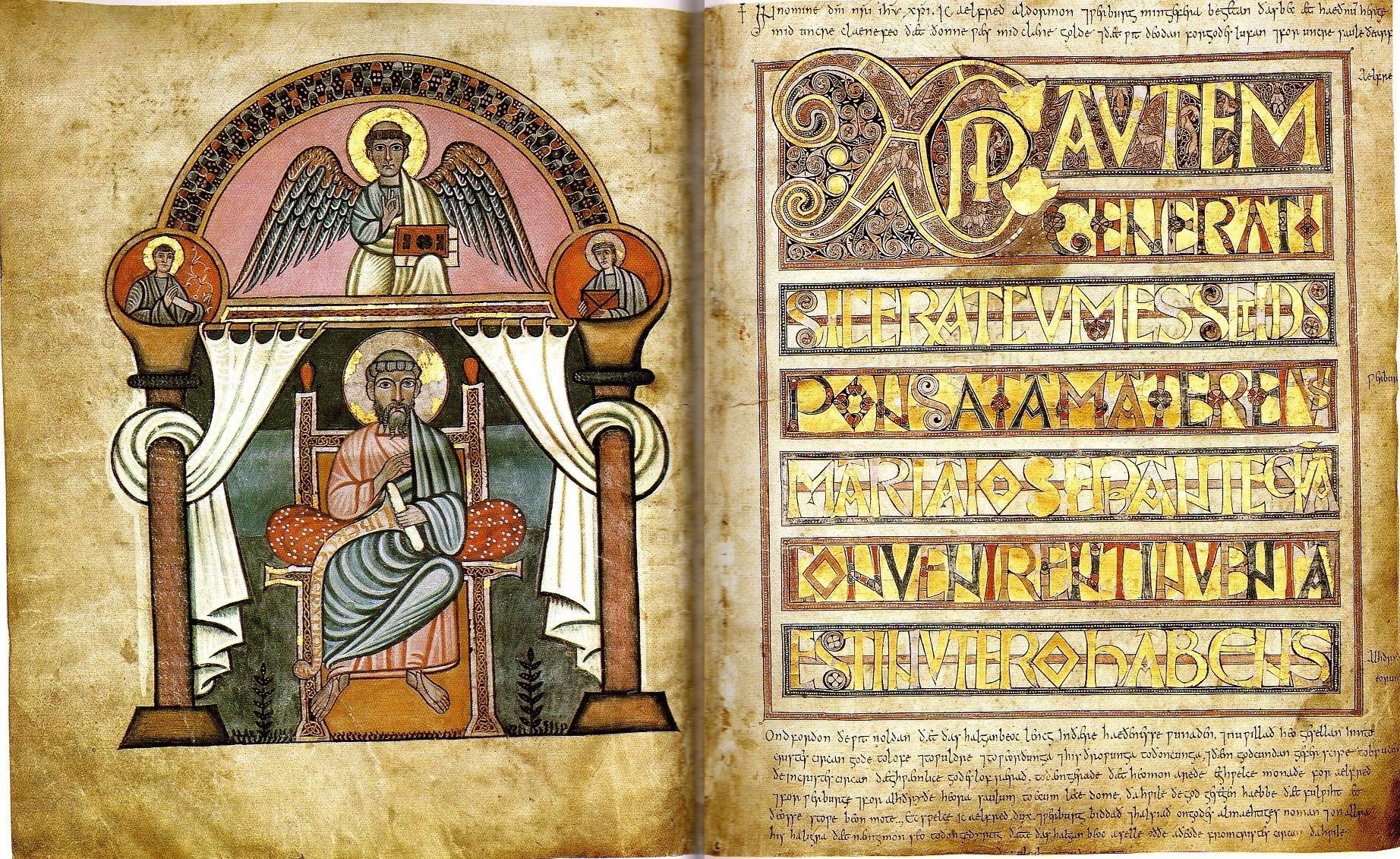
Source: Wikimedia
In the modern era, scouring vast green landscapes with metal detectors has become a meditative pastime for many. Those who are lucky may unearth a relic of the past that is fit for auction or worthy of a spot in a museum.
Metal Detectorist Discovers Unique Item
Just this year, a metal detectorist had been scouring a region near Langham, a small village in England only 30 miles away from the city of Norfolk.
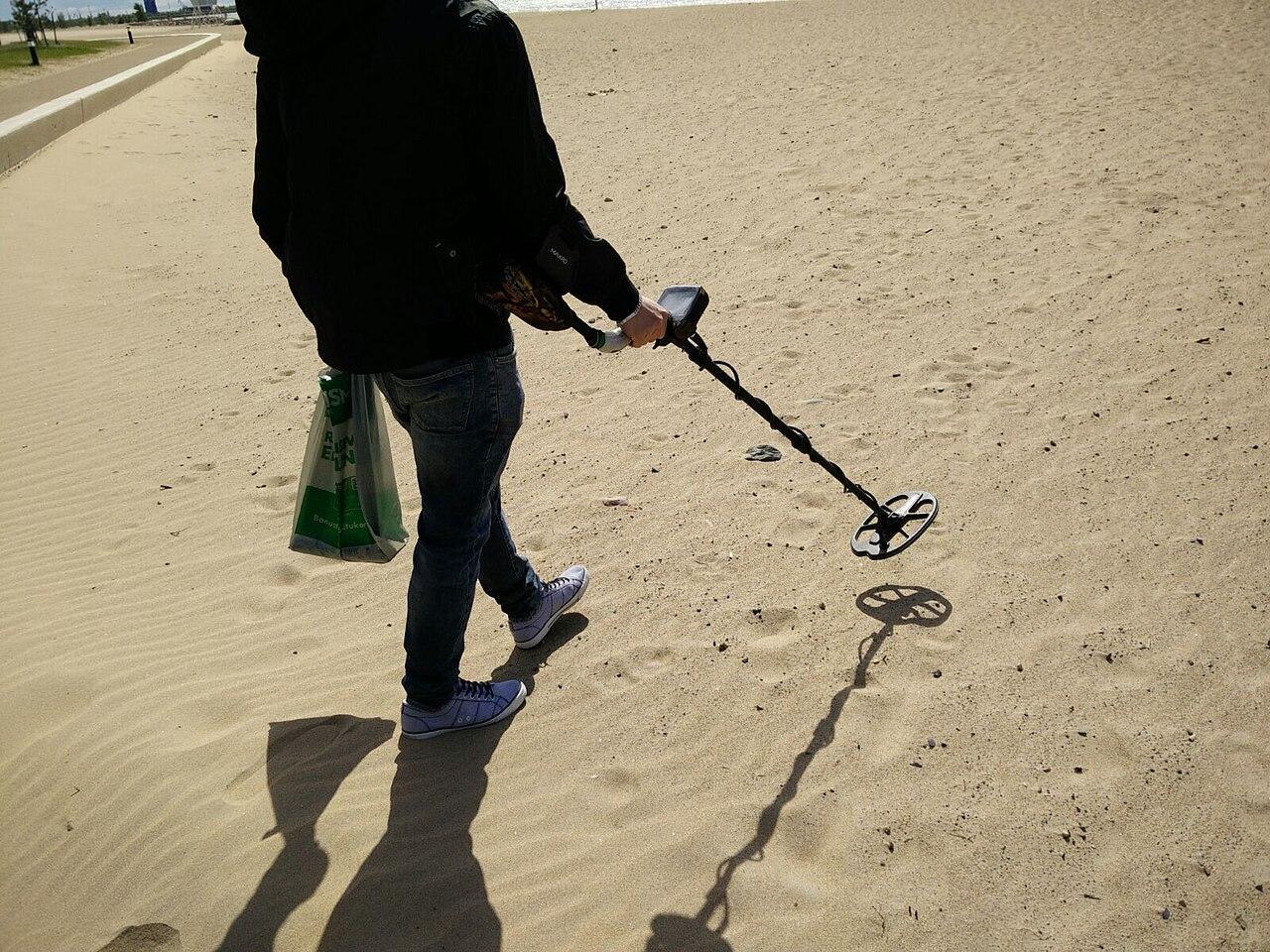
Source: Wikimedia
After searching for some time, the person came across a mysterious artifact dating back to the Anglo-Saxon period. Experts claim it was “made by someone with a real eye for loveliness.” However, according to The Daily Mail, they are unsure of exactly what it is.
Details of the Unique Find
According to reports, the small silver item is less than three-quarters of an inch in diameter.
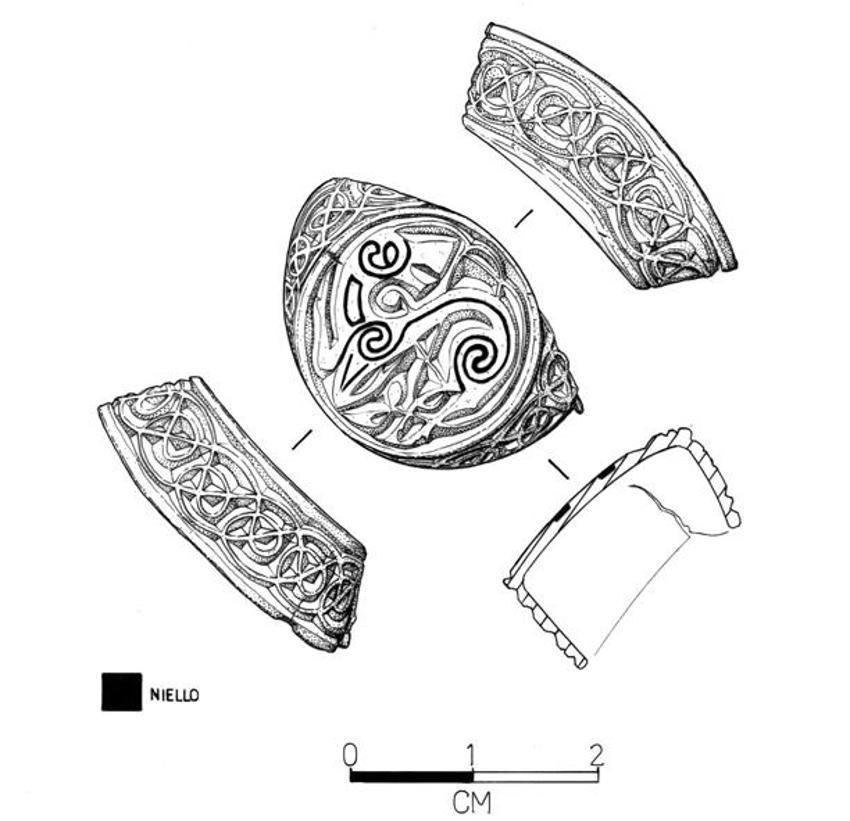
Source: Norfolk County Council
It appears to depict some kind of animal, quite possibly a horse, raised on its hind legs as it looks over its shoulder. The intricate details of the design, such as the mane and the posture of the horse, have led some researchers to compare it to drawings in the famous Book of Kells.
Expert Craftsman Was Behind the Creation of the Item
The small silver artifact has a flat circular top lined with straight sides, which researchers claim is reminiscent of a bottle top but is far more ornate.
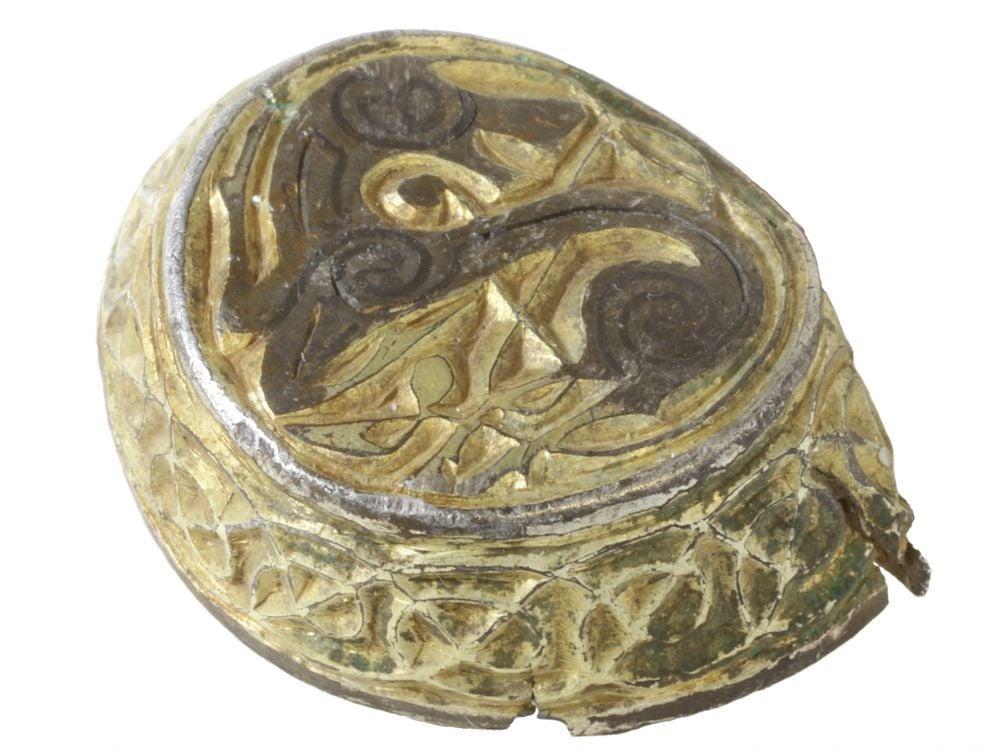
Source: Norfolk County Council
Experts explain that the craftsmen who crafted the unique item used mercury from Spain mixed with powdered gold, which enabled them to highlight the horse on top of the piece.
Theories on the Artifact's Original Use
Despite researchers’ confidence in the artifact’s dating, which was crafted sometime between the 8th and 9th centuries, it is “completely unlike” any other item of the era.

Source: Freepik
Various theories exist about its original use, with some suggesting it may have been fastened to jewelry or clothing. Others have postulated it was once part of a weapon or knife.
Historian Speaks on the Unique Item
Historian Helen Geake spoke on the intricate design and nature of the small silver item, suggesting that whoever crafted it did so with great care.

Source: Norfolk County Council
“It’s so tiny, and yet it was created just as carefully as something like a Bible or piece of jewelry,” she said.
Historian Expresses Her Fascinated With Horse Design
Geake went on to compliment the design, stating, “It has got a backward-looking animal – possibly a horse – that fills the space nicely, and I love its color.”
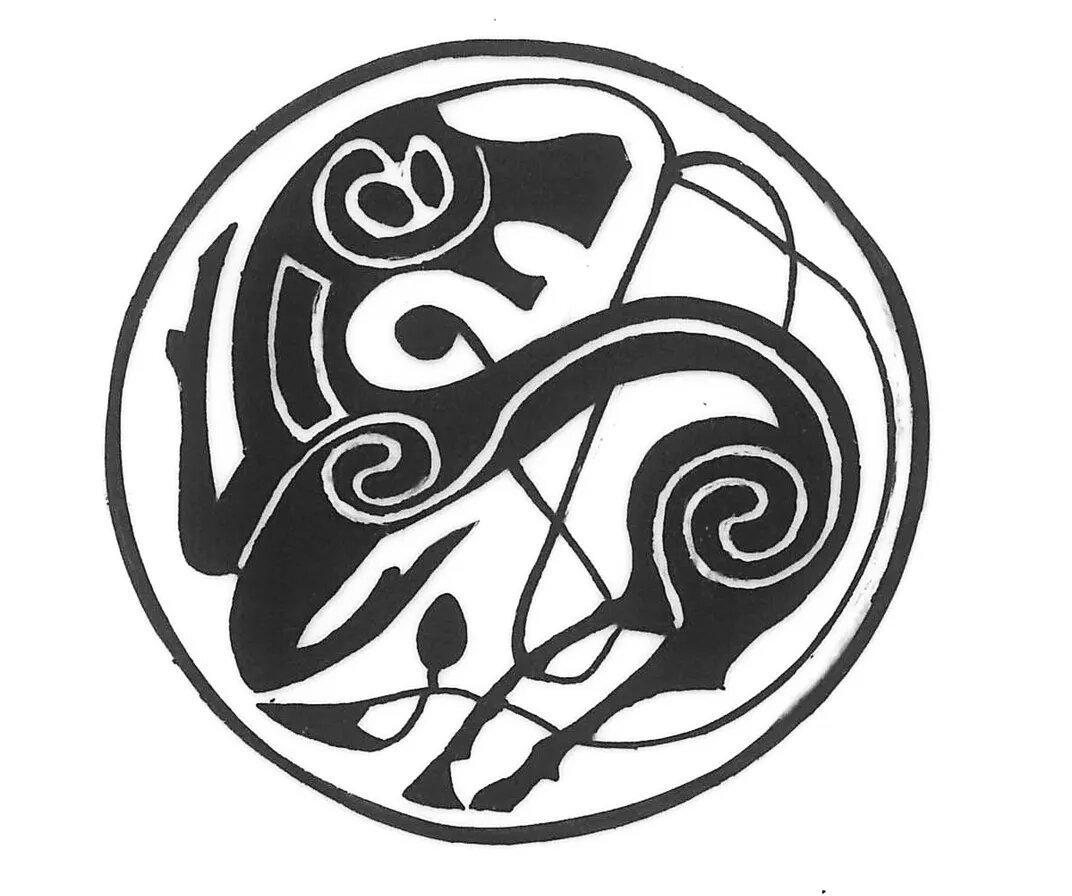
Source: Norfolk County Council
She continued, “A lot of the time, we don’t see the colors of the past because clothes don’t survive and enamels drop out of settings.”
Was the Artifact Was Part of Something Larger?
Geake has put forth the idea that the silver item may have once been part of a much larger artifact that has since been lost or destroyed.

Source: National Museum Liverpool
The historian, who has appeared on the TV show “Time Team” several times, suggests that the original craftsman was “really multi-talented and doing lots of different things.”
The Mysterious Nature of the Artifact
The mysterious nature has captivated the minds of various archaeologists and historians, all of whom can say for sure what the bottle cap-shaped artifact was originally intended for.

Source: Wikimedia
“It’s a mysterious object, and you can’t say what kind of thing it’s off at all,” said Geake.
Professor of History Shares His Theory
Professor of medieval history and archaeology at the University of Oxford, John Blair, has shared a theory about the purpose behind the small artifact.

Source: Freepik
“My own best guess is that they are caps from the butt-ends of wooden knife handles, covering the hammered-over end of the blade tang,” he said.
The Mystery Will Continue for Now
Robert D. Fulk, a medievalist at Indiana University Bloomington, said it may have “stood at the center of a brooch.” He continued, “What strikes me as most mysterious about the object is how it was attached to whatever material it was attached to,” he told MailOnline.

Source: Freepik
It’s possible a similar item will be unearthed in the near future, which will shed further insight into the silver item’s original use. For now, researchers will have to settle for admiring the artifact’s beauty.
